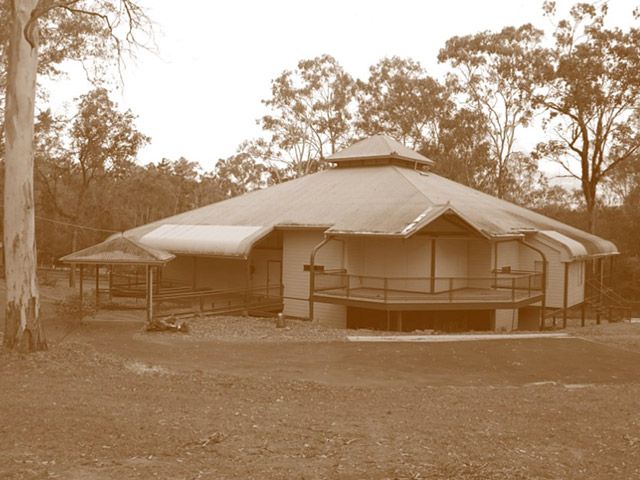Heritage Buildings
Explore the amazing collection of historic buildings in this pre 1930's town

The Town Common
The Town Common is the central open space of Hyde Village and comprises a number of elements of historic consequence. Three Time Capsules were buried in the Common in 1988 to be opened on Australia Day in the years 2013, 2038 and 2088.
Emily Hyde Place was established in 1983 in memory of the mother of the last family to farm this property. She lived here for over fifty years and passed away in 1963 at the age of 92.
Rita Collins was the driving force behind the establishment of this Park. She was Deputy Chairman of the Pine Rivers Shire Council, and foundation President of North Pine Country Park Management Committee. Rita Collins Place was named in June 1992 in her honour.
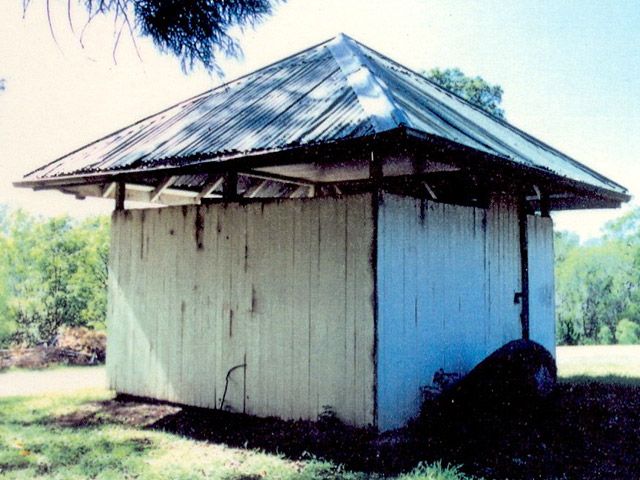
The Cream Shed
This structure is preserved from a dairy farm in the North Pine area. The cream shed represents another important part of the development of the dairying industry. Milk was set down in large diameter shallow vats in the cool confines of these rooms. After a settling period the cream could be skimmed from the top. When cream separators were first introduced these hand operated machines were installed in the Dairy.
Later these buildings were used for storage of cream in cans awaiting for collection by the carrier. The advent of the dairy refrigerator improved cream handling and storage, and made the cream shed obsolete.
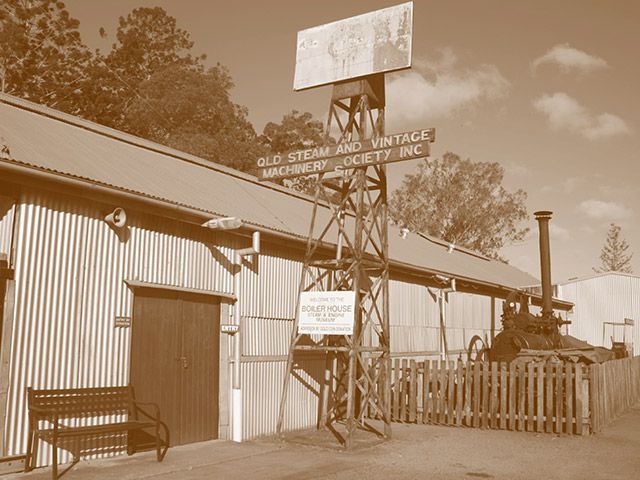
The Boilerhouse
The role of steam driven equipment is a significant element in the history of the area. The Queensland Steam and Vintage Machinery Society Inc. have restored numerous machines and vehicles to working order and these are regularly operated, amid clouds of steam, to provide an insight into steam power for the modern generation. The “Steamies” regularly traverse the park road system to demonstrate their meticulously restored machinery.
The Boilerhouse was constructed to house their machinery display and to provide workshop space for restoration procedures. The Boilerhouse is not based on any specific structure but is reminiscent of the larger rural buildings. It was extended in 1992 with the assistance of a bequest from a late resident of Petrie, Mr. Noel Archinal.
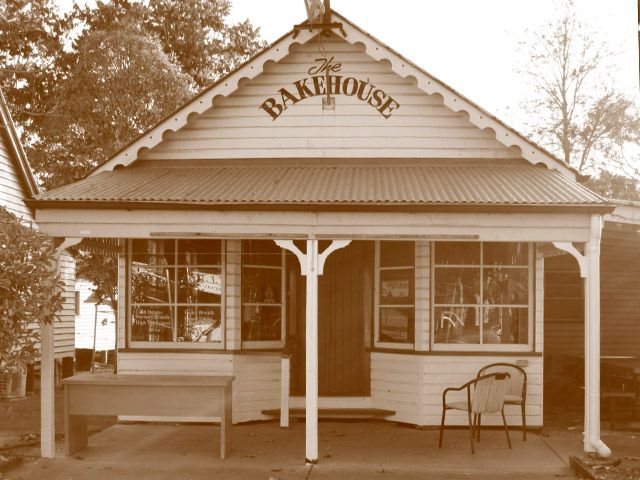
The Bakehouse
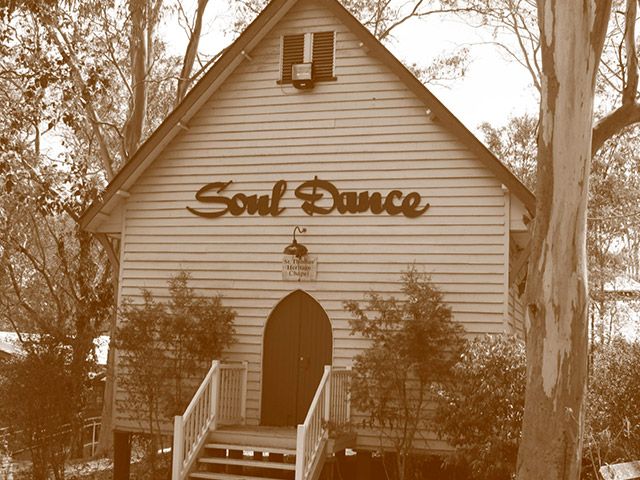
St Thomas' Church
This Church was originally located in Station Street, Lawnton on land donated by Stephen Lawn. Local identity, James Todd, was given the job of building the Church for the contract sum of 130 pounds ($260). The Church was commenced on August 25, 1888 and opened on St. Thomas’ Day December 21, 1888. The silky oak and cedar pulpit, built by James Foreman and originally used in Samsonvale Station Homestead, was donated to the Church by Mr. William Joyner.
After St. Thomas was last used in 1984, all recoverable contents, furniture etc. were moved to the new St Faith’s Church in Samsonvale Road, Strathpine. The alter rails were reconditioned and set up for use in the new Church. A small Chapel named St. Thomas’, consecrated on 26th November, 1989 was built to house the alter, front, and other items of furniture from St. Thomas’.
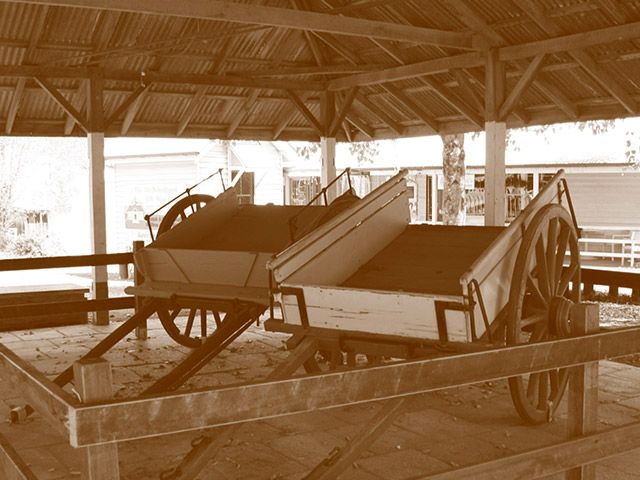
School Play Shed
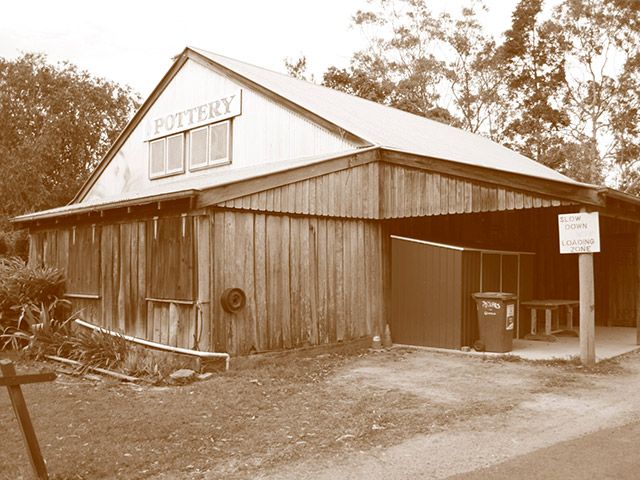
Rural Barn
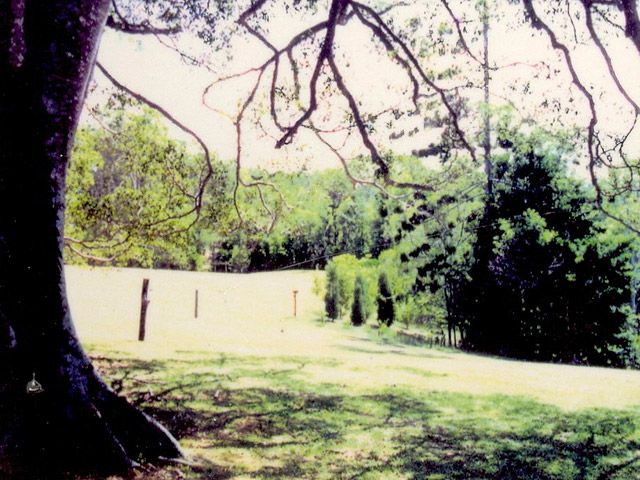
Rollo Petrie Rainforest
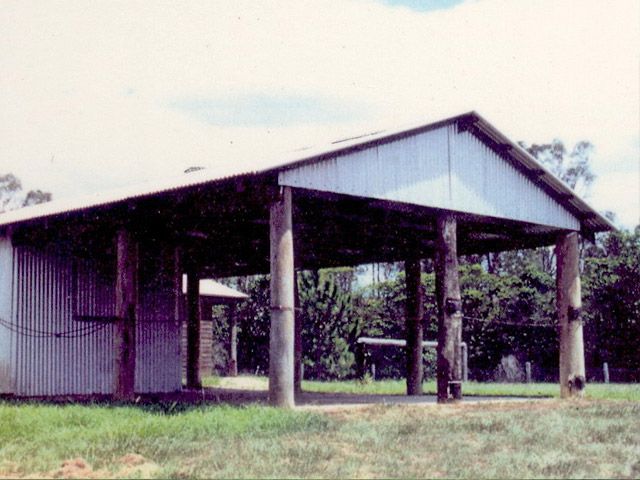
Riding for the Disabled
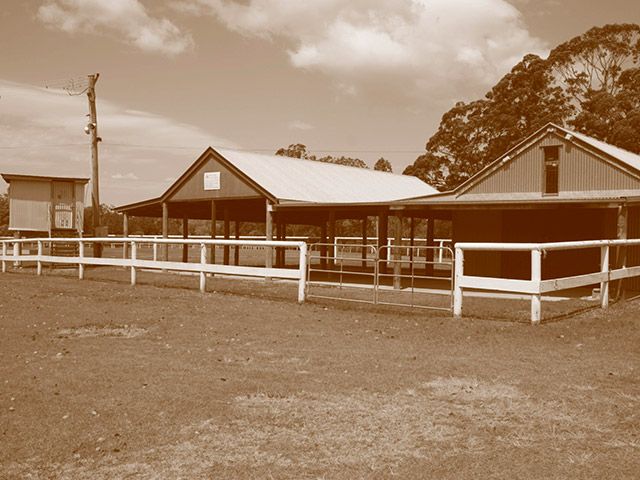
Pony Club
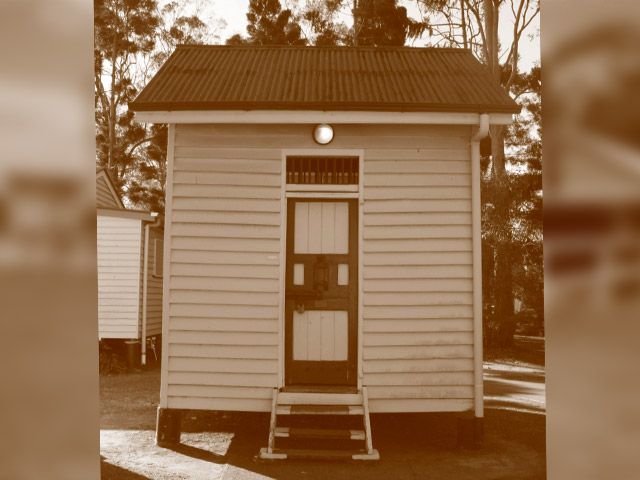
Police Cell Block
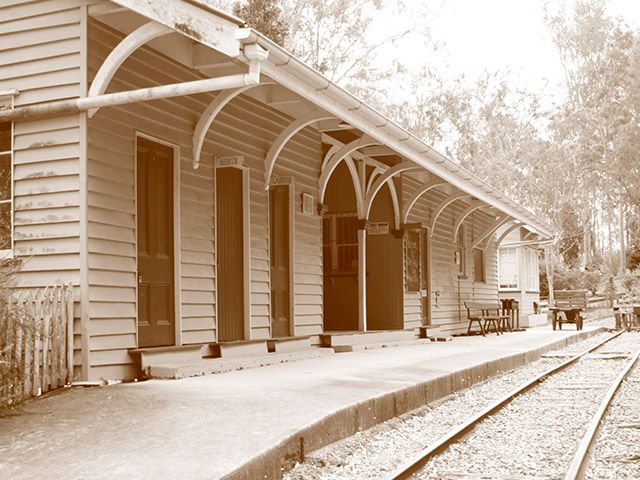
North Pine Station
Planning for the North Coast Railway began in 1884 and initial construction began in 1886. The section from Northgate to North Pine was opened on March 1, 1888. This original station building served the developing community for 104 years, until it was relocated to North Pine Country Park in 1992. The station also served as the Cobb and Co Coach Depot, Telegraph Station and Post Office.
Perhaps the most important message telegraphed from this building was the warning to Brisbane of the impending 1893 floods relayed after a heroic cross country horseback ride from “Caboonbah” Station near Esk to North Pine. The Station was renamed Petrie in honour of local pioneer Tom Petrie, on July 15, 1911. The restored station was reopened by the Governor of Queensland, Mrs. Leneen Forde, on March 6, 1993.
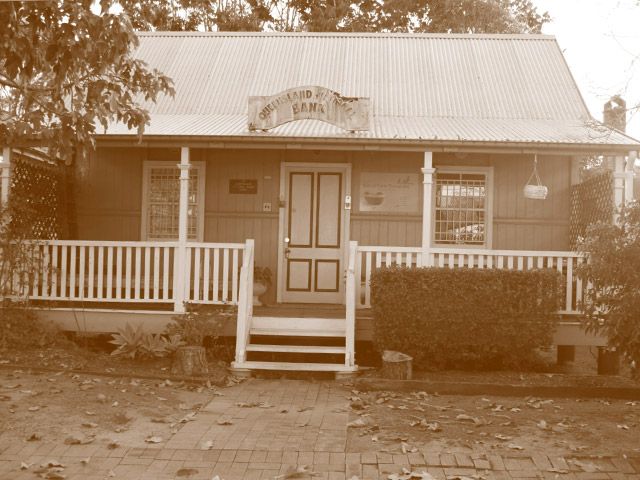
North Pine National Bank
Banking facilities were non-existent within the Shire until the opening of the Queensland National Bank at North Pine (Petrie) on August 27, 1886. However the depression of the early 1890’s forced the bank to close its doors after only 5 years of trading, on June 30 1893. This building is a replica of the original bank and was constructed with the assistance of the National Bank of Australia as part of the Australian Bicentennial celebrations and opened in 1987.
The first premises were temporary, until Mr. A. J. Wyllie built a suitable building with small residence for a Manager in Whites Road, which he then rented to the Bank.
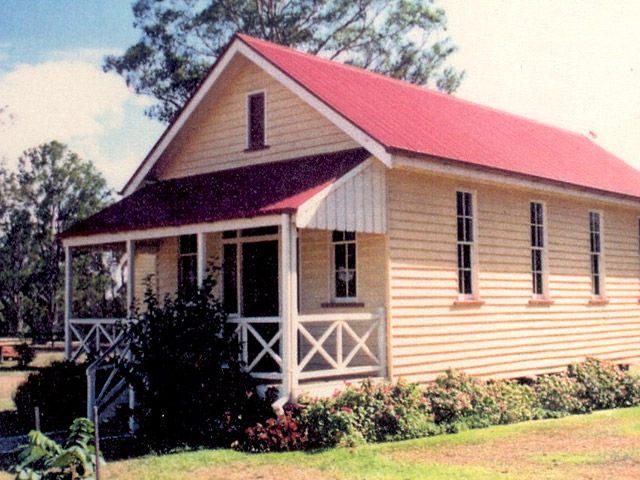
North Pine Courthouse
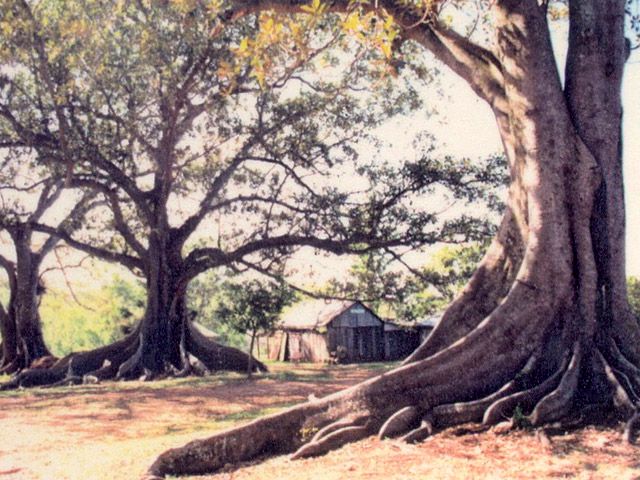
Ngoanga
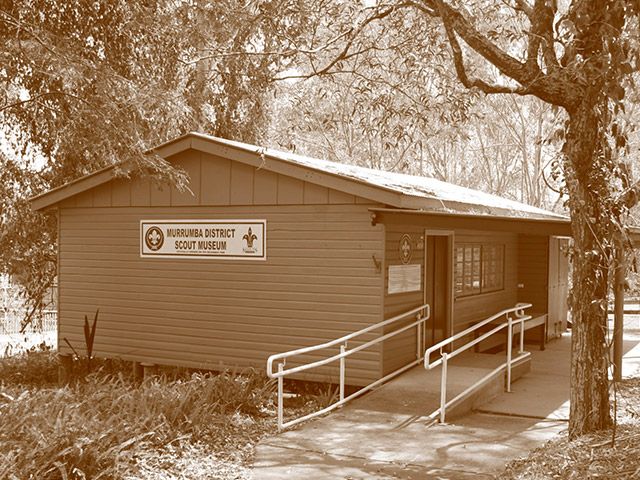
Murrumba Scout Museum
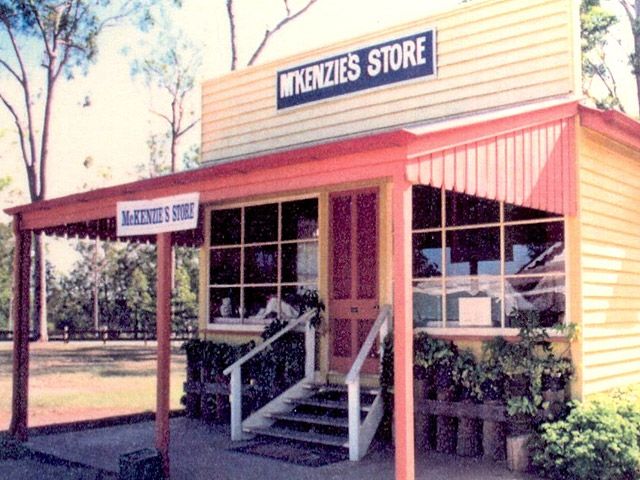
McKenzie's Store
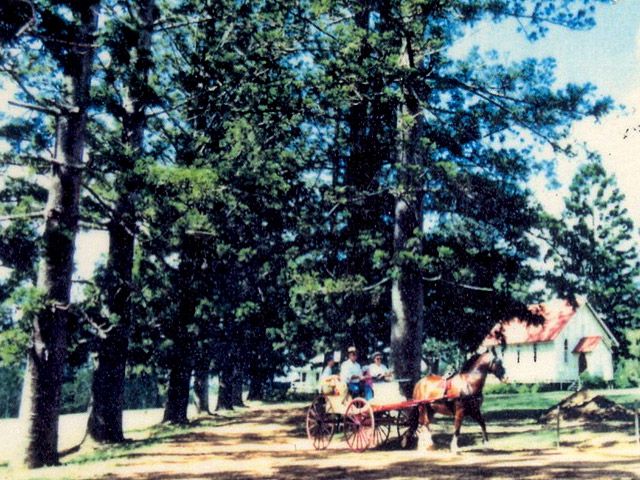
Kumbartcho
This avenue of Hoop Pines Araucaria cunninghamii is one of the most visually distinctive elements of the Park. The stylized tree is used as the bases of the Park logo. The trees were planted in 1869 by James Foreman to establish an avenue along each side of the lane leading to his cottage.
Kumbartcho was the local aboriginal name for the Hoop Pine tree and has been used to recall the relationship between the early settlers and the native inhabitants of the area.
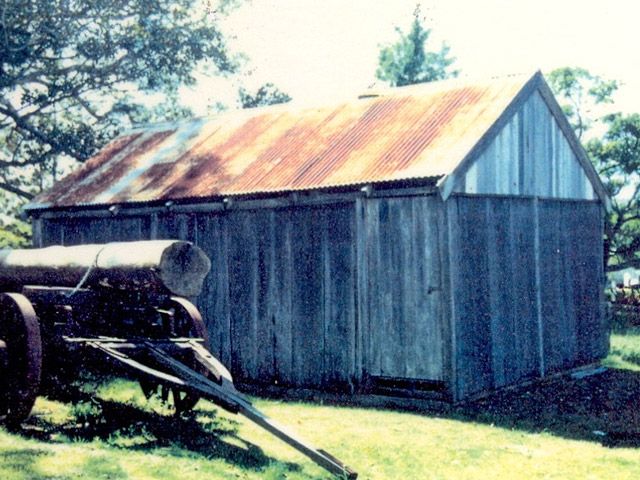
Kriesch Slab Barn
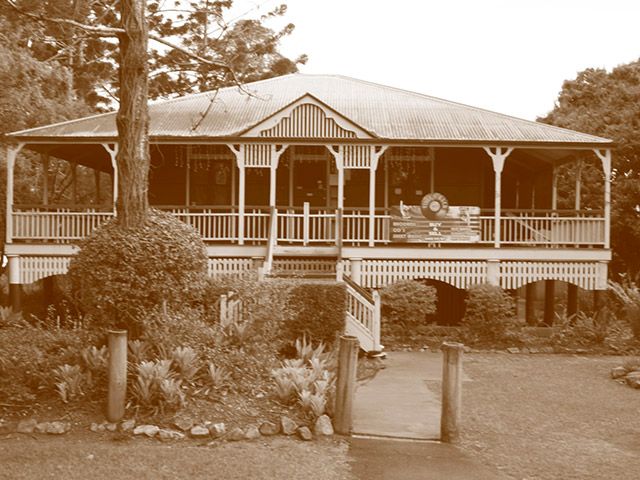
Hyde Homestead
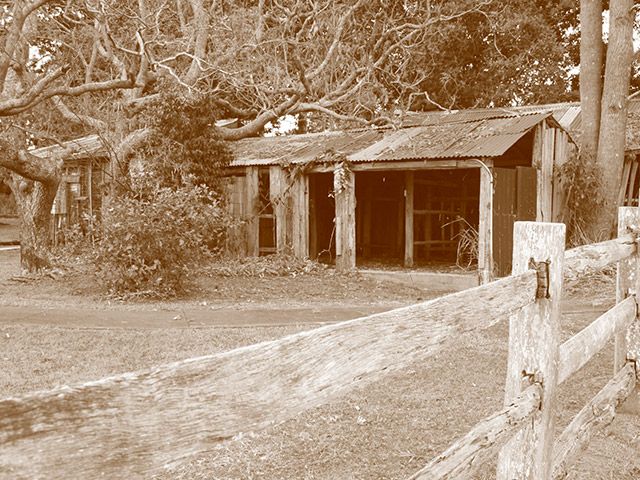
Hyde Dairy
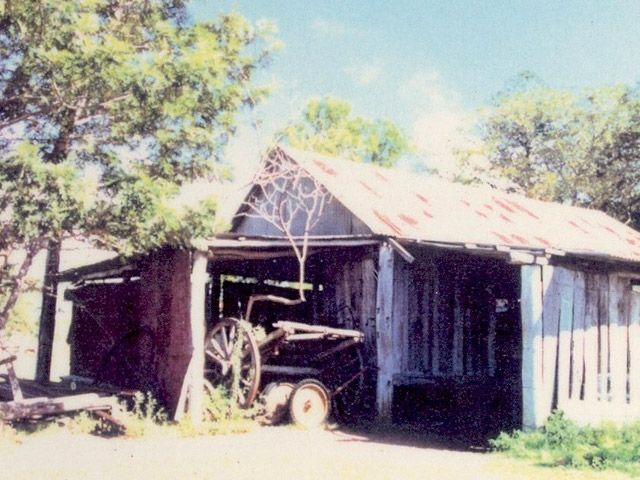
Hyde Barn
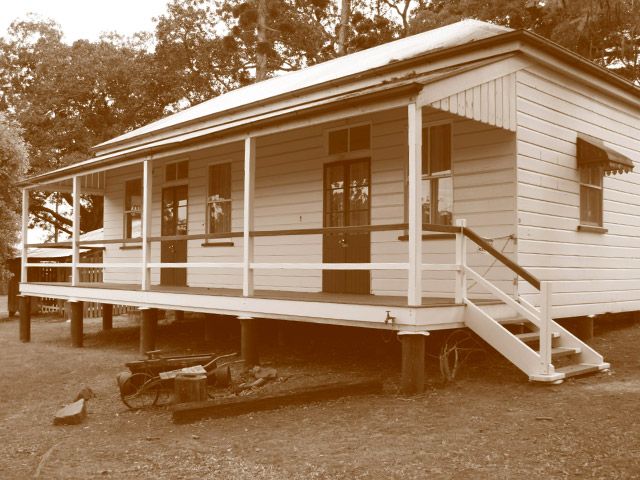
Foreman Cottage
James Foreman and his family migrated from England in 1866. Two years later he acquired 16 hectares (40 acres) of Tom Petrie’s “Whiteside” run and established the farm on the land which is now known as North Pine Country Park.
He built the cottage in 1876 to replace the original slab hut he had erected as the family dwelling. The cottage was located close to the (now) large fig trees. In 1917 the Hyde family moved the cottage to the top of the nearby ridge and added a new section on the front – thus Foreman Cottage became the kitchen of Hyde Homestead. The Hyde brothers used to say they were the Shire’s first conservationists as they relocated their cottage rather than chop down the expanding fig trees. The cottage was rebuilt close to its original location after the homestead was destroyed by fire in 1984. Foreman Cottage was the residence of the Park caretaker.
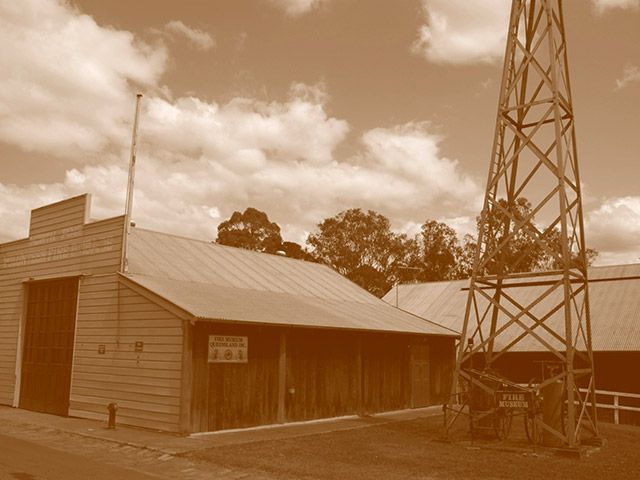
Fire Station & Museum
This structure is a replica of a typical suburban Fire Station. The façade and folding doors are from the Woolloongabba Station. The Fire Museum Barn is a purpose made structure designed to allow optimum storage and display of fire vehicles and artifacts but is not based on any specific structure. The hose drying tower is from the Ithica Fire Station.
The Fire Station is the home of the Fire Brigade’s Historical Society Qld. Inc. whose members regularly use the buildings to restore, exhibit and demonstrate the historic equipment and techniques of fire fighting.
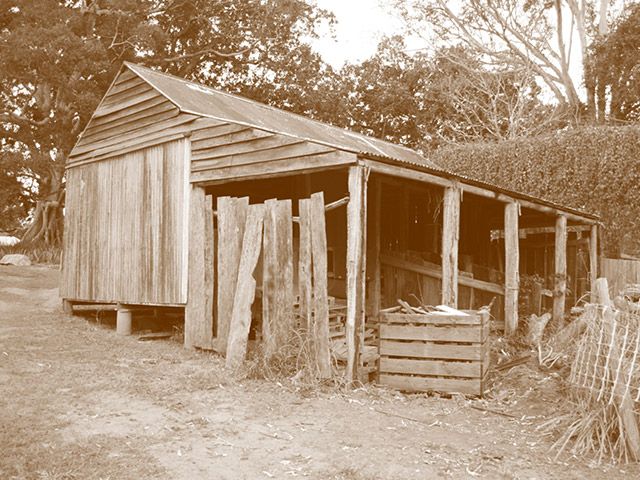
Fahey Barn
This building was one of the last remaining rural structures of the Bridgeman Downs area and was donated by local pioneer Mrs. Fahey. In that district’s early farming days it provided storage foe fodder with feeding bays for farm animals. The slab walls roof and floor framing are part of the original construction built in 1890.
The Barn continues to be used in similar fashion as the home of the Park’s two Clydesdale draft horses. This use will continue as an integral part of the proposed “Foreman’s Farm”.
